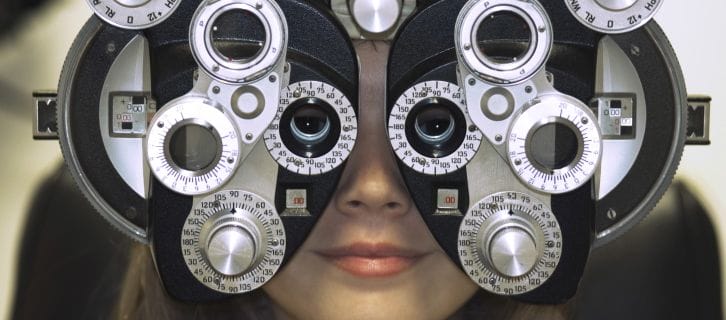Benefits
Vision: The Must-Have Benefit for 2019
By Sarah Fister Gale
Mar. 27, 2019
Vision care benefits have become a mainstay of the employer benefits package.
“Virtually all companies now offer vision,” said Peter DeBellis, head of the total rewards practice for Bersin by Deloitte in Washington, D.C. “It is table stakes, especially for companies of a certain scale.”
Vision care is listed as one of the 10 essential benefits included in the Affordable Care Act, and employees have come to expect it as part of the core employee benefits package. “Health, dental and vision are the benefits triad,” DeBellis said. These programs have a very high rate of participation, which further reinforces the value they bring to employees.
This category of benefits has evolved in recent years in the care options offered and the way these treatments are accessed and paid for. Telemedicine, for example, is a new trend in the vision benefits space, noted Paul Piechnik, senior vice president of group benefits for MetLife. A growing number of organizations now offer basic examinations to check visual acuity and the need for eyewear via do-it-yourself applications or through a physician-led online virtual exam.
“Some are even offering virtual walk-in exams with an optometrist to mirror the same comprehensive examination steps one would encounter at a standard brick-and-mortar optometrist’s office,” he said. The interest in telemedicine is being driven by the digital generation, who prefer self-service for everything, as well as addressing the needs of remote workers. “Telemedicine is just emerging for routine vision care, though it’s too soon to say whether this will become a vision care standard in the future.”
Preventive care
Companies are also offering a broader array of treatment options, including laser surgery, blue light protection on lenses to reduce the impact of light emitted from digital devices, and proactive vision exams to identify risks for glaucoma, hypertension, diabetes and high cholesterol. This last benefit is viewed as a useful preventive care intervention, particularly in an aging workforce. “Vision has a role to play in a lot of chronic health conditions,” DeBellis said. Encouraging employees to have vision exams can help them identify bigger health care risks so they can get prompt treatment.

Piechnik suggested that companies offer sunglasses coverage as part of their vision plan as a way to get more employees to take advantage of these wellness visits. MetLife, for example, has a SunCare rider as part of its vision care benefits that allows members who don’t need corrective eyewear to use their frame allowance for non-prescription eyewear. “This encourages them to get their routine ‘wellness’ vision examination and spot those early issues that can become costly medical expenses for the member and employer alike.”
Also read the 2018 Sector Report: The Bright Shine of Dental Benefits
Also read the 2017 Sector Report: Rising Health Care Costs
Vision Comes at a Price
The other steady trend in vision care is who’s footing the bill. The rising cost of offering any health care benefits has pushed employers away from supporting fully employer-paid vision care to cost-sharing programs, or providing vision as a fully employee-paid/voluntary benefit. Piechnik said this hasn’t caused outrage among cost conscious workers.
“Employees for the most part see the value in nonmedical benefits such as vision care, so are willing to pick up some or all of the cost of these benefits.”
Regardless of the payment structure, benefits administrators should look for a comprehensive plan that provides annual vision examinations and eyewear benefit levels that employees value.
“With many employers offering vision on a voluntary basis there is no reason not to offer this benefit,” Piechnik said. “It’s a key product for creating a benefits package that truly increases employee satisfaction and loyalty.”
Once the program is in place, benefits administrators should educate employees about what the program covers, and the value of getting annual exams and keeping their glasses up to date. “It’s not just about getting a new pair of readers,” DeBellis added. When employees take care of their vision they are healthier and more productive, which benefits everyone.
Schedule, engage, and pay your staff in one system with Workforce.com.
